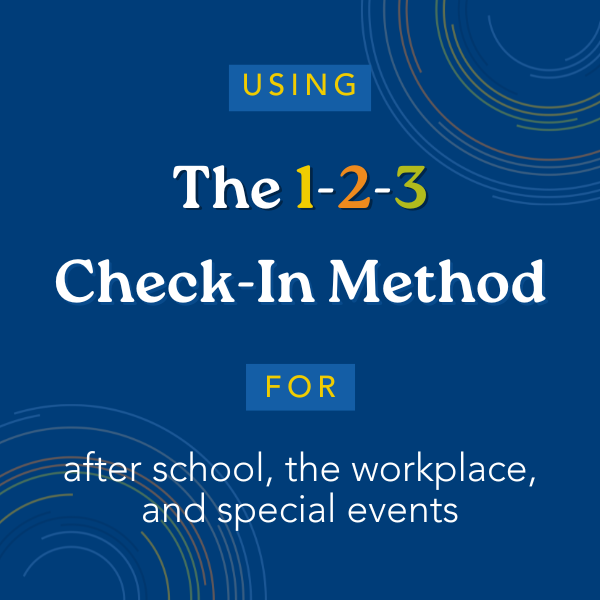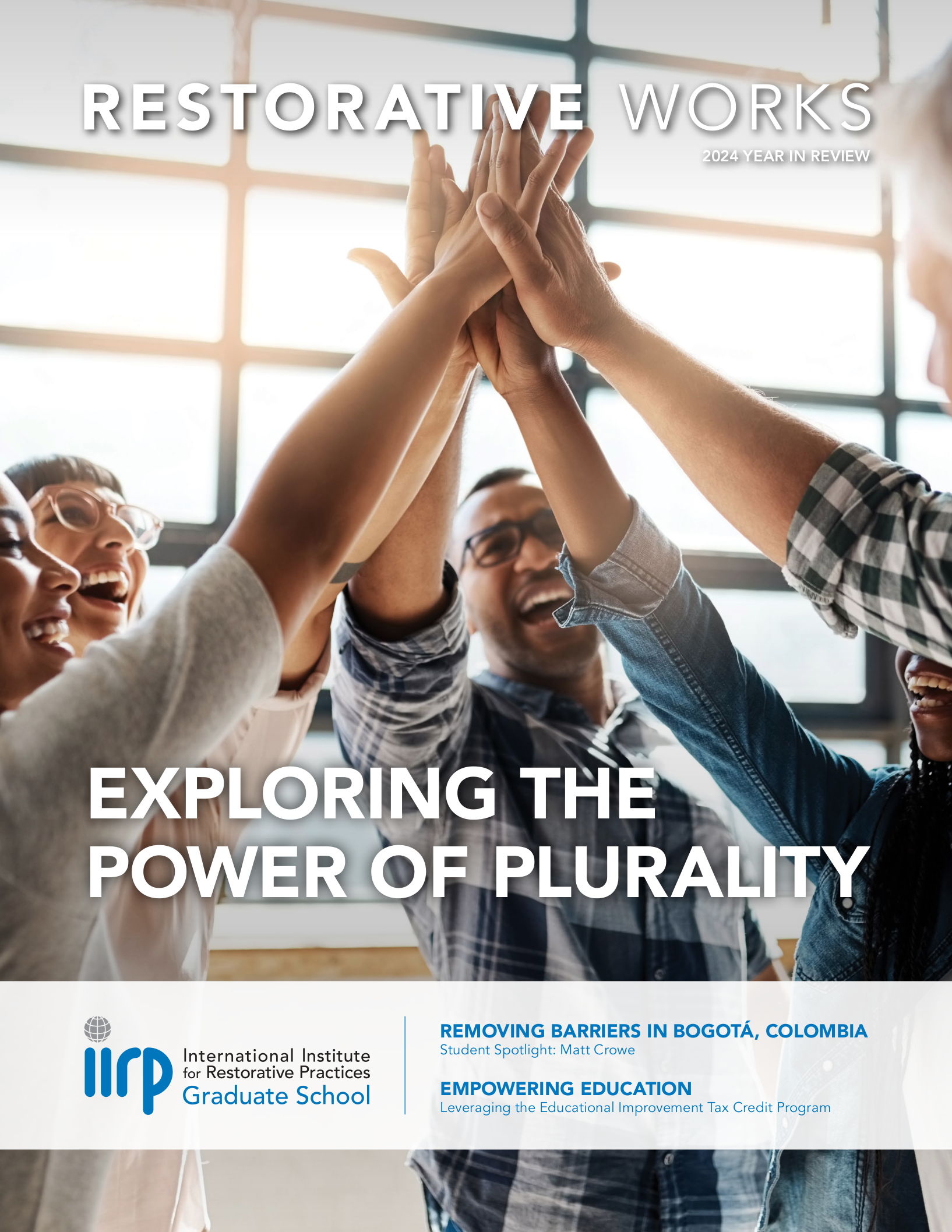Build Relationships with the 1-2-3 Check-in Method
Proactively building relationships with check-ins and impromptu conversations can quickly and effectively deepen social connections. Utilizing the 1-2-3 Check-in Method does just that. We reached out to three Instructor and Implementation Coaches to understand how the 1-2-3 Check-in Method can be used in various scenarios. Here are their ideas:
After School: Avoiding the dreaded “I don’t know” response.
Nathan Waddell, M.S., explains how parents can use this method to engage with their children after school. Instead of asking, “How was your day?” add the 1-2-3 Check-in Method. Ask the student to pick which number they resonate with based on this key:
- 1 = not great
- 2 = okay
- 3 = good
From there, you can ask more targeted questions to gain a deeper and clearer understanding of how your students’ day went, in what areas they are flourishing, and where they might need more support.
The Workplace: Regular check-ins with staff boost employee morale.
Mike Azzalina, M.Ed., shares how to integrate this resource into the workplace. Start a meeting with the 1-2-3 Check-in Method and ask staff members to respond to each number listed in the key:
- 1 = Offer a positive thing happening in their current situation (personal or professional).
- 2 = Share concerns or challenges that they may be facing (personal or professional).
- 3 = List specific actions they could take toward solving the challenges or building on the strengths.
This method gives supervisors a strong pulse on what’s going on with their team. Use these insights to celebrate positive happenings and give more attention to newly disclosed challenges.
After Special Events: Take time to reflect after trips, holidays, work events, or other special occasions.
Jennifer Hiestand offers this method as another way to check in with students, family, or colleagues after special events, field trips, or holidays. Use the 1-2-3 Check-in Method to prompt reflection after a special event by asking the person to share based on this key:
- 1 = What went well?
- 2 = What needs to be improved upon?
- 3 = What needs to happen moving forward?
Sharing reflections can inspire others to express themselves more openly, find connection with one another, and expand their perspectives.
Finding and building connections doesn’t have to be a difficult, tedious task. Get started with proactive relational engagement using this method in your home, school, and workplace today, and access our Resources page for more restorative practices.

